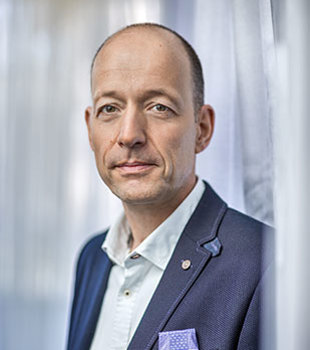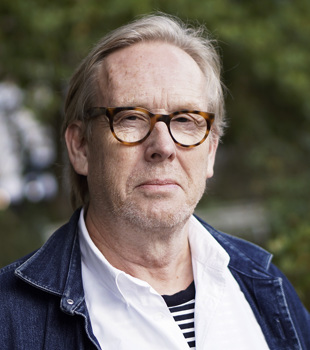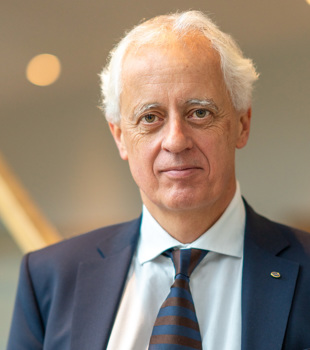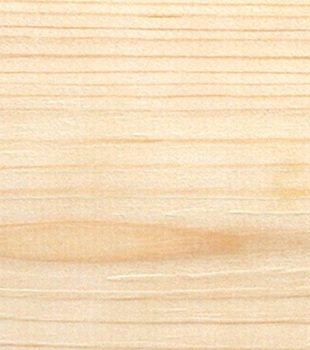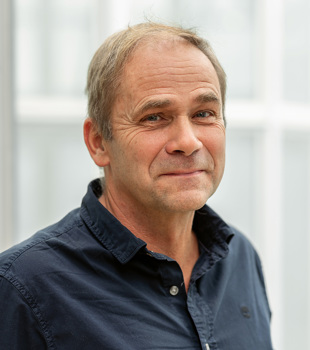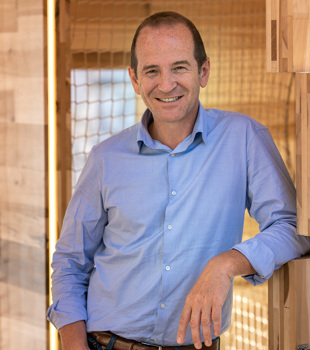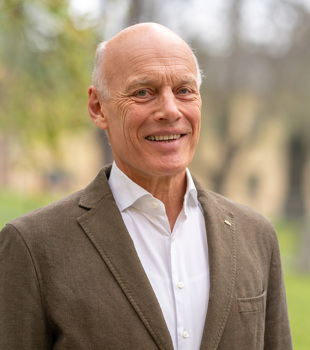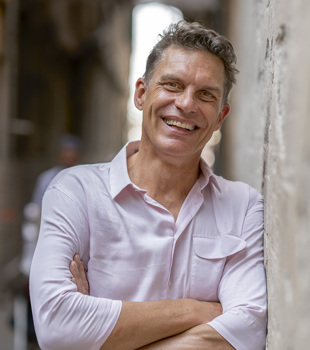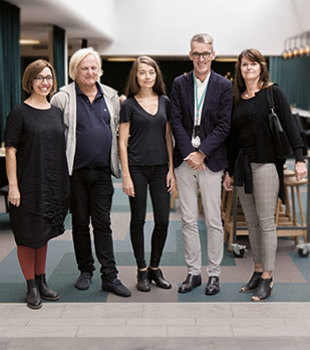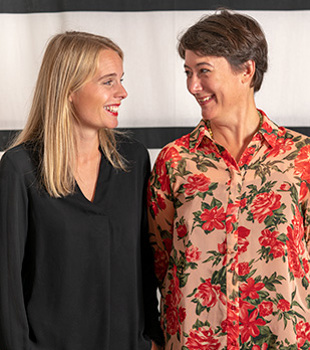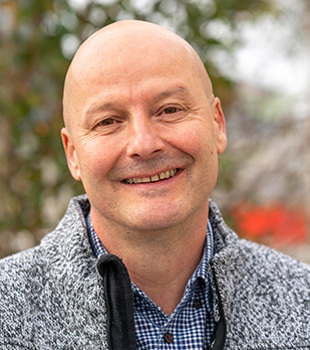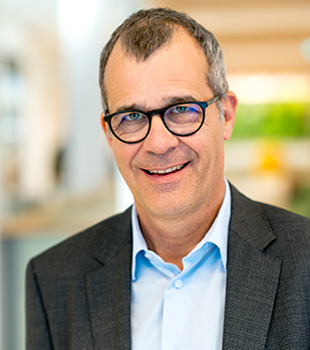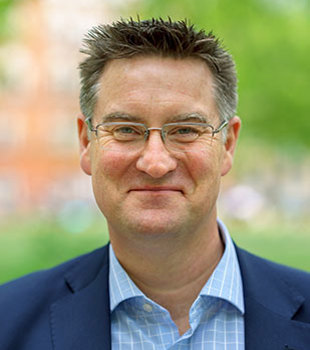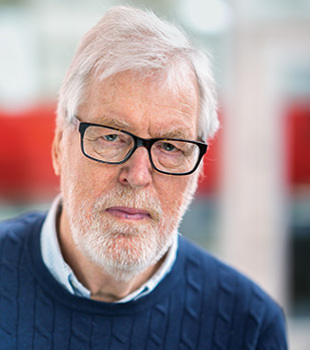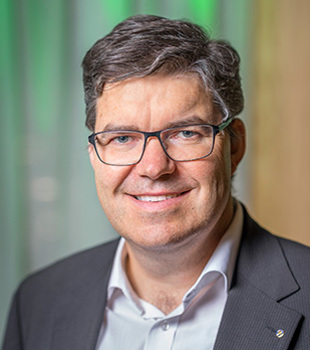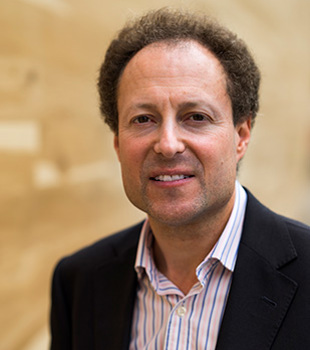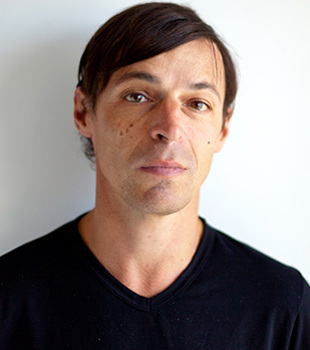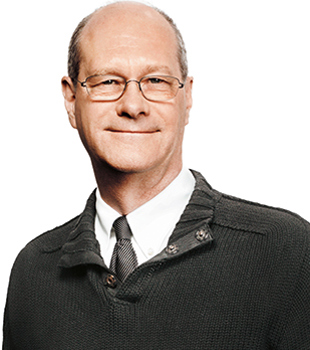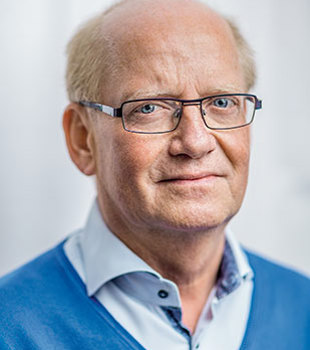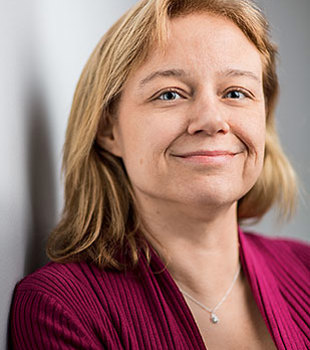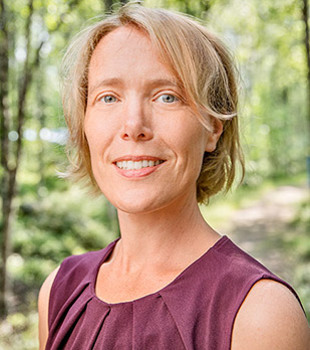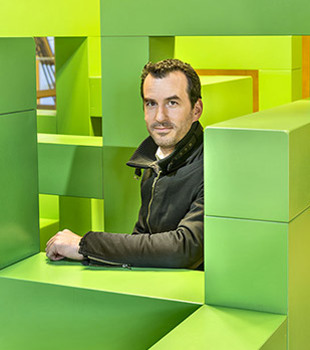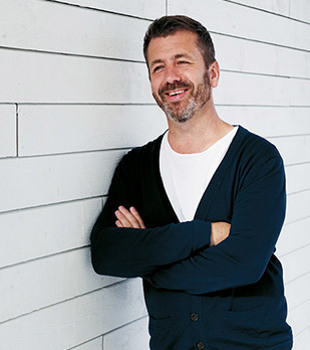Since 1999, Gordian Kley has been part of “merz kley partner”, the structural engineering practice behind many prominent buildings in Austria, Switzerland and Germany.
When did you become interested in wooden buildings?
My grandfather was a carpenter and builder, and so was my father, before he studied engineering. In our family, you came into contact with wood and building in wood at an early age. One of my brothers and I continued the tradition. Me as an engineer and my brother as an architect.
What are your thoughts about tall wooden buildings?
Wooden high-rises are the logical answer as we build more densely in our towns and cities. We have all the knowledge we need, including on the topic of fire safety, to design multi-storey buildings. But we need more trailblazers in order to gain broader acceptance from the authorities. We also need more ecologically focused specifications of requirements that reduce the difference in cost between high-rises in wood and in concrete.
What are your thoughts about hybrid designs?
In the wood industry, that usually means combinations of wood and concrete. The benefits of these come mainly in the form of protection against sound transfer and fire. It’s also possible to build more cheaply using hybrid designs than without any concrete at all. Concrete is a strong and good value material. Every material has its place, depending on its particular strengths!
How do you create a good working relationship between the architect and the structural engineer?
Above all, we have a deep interest in good architecture. We aim to have productive discussions with the architects during the time that we’re developing the building’s load-bearing structure. We’re constantly looking for the best combination of form and structure. We see our job more as design-driven engineers than calculation-led engineers. The static calculations are a necessity, not an end in themselves.
Are you involved in the choice of wood as a construction material?
The architects tend to seek us out if they want to build in wood. Together we can usually find a good solution in wood. But of course we use other materials too, sometimes in combination with wood. We also have to come up with an economically viable design, but always in partnership with the architect.
Are prefabrication and other industrial processes important for structures in wood?
Prefabrication is a key element. We can achieve much better quality in the workshop than we can on site. It’s also cheaper to prefabricate units than it is to build them on site. What really seals the deal, however, is the fact that the construction time is so much shorter.
What lies behind the success of industrial construction in wood in Austria and Switzerland in particular?
It’s certainly been successful in parts of these countries, at least. There is a long tradition of wooden buildings here. There are also organisations that are good at marketing wooden designs and they enjoy strong support from the various parts of the value chain.
Interest in wooden buildings is growing all the time in these territories.
Which buildings are you most proud of?
Our greatest satisfaction comes from buildings that end up even better in real life than we thought they might be on paper.
Interview David Valldeby

